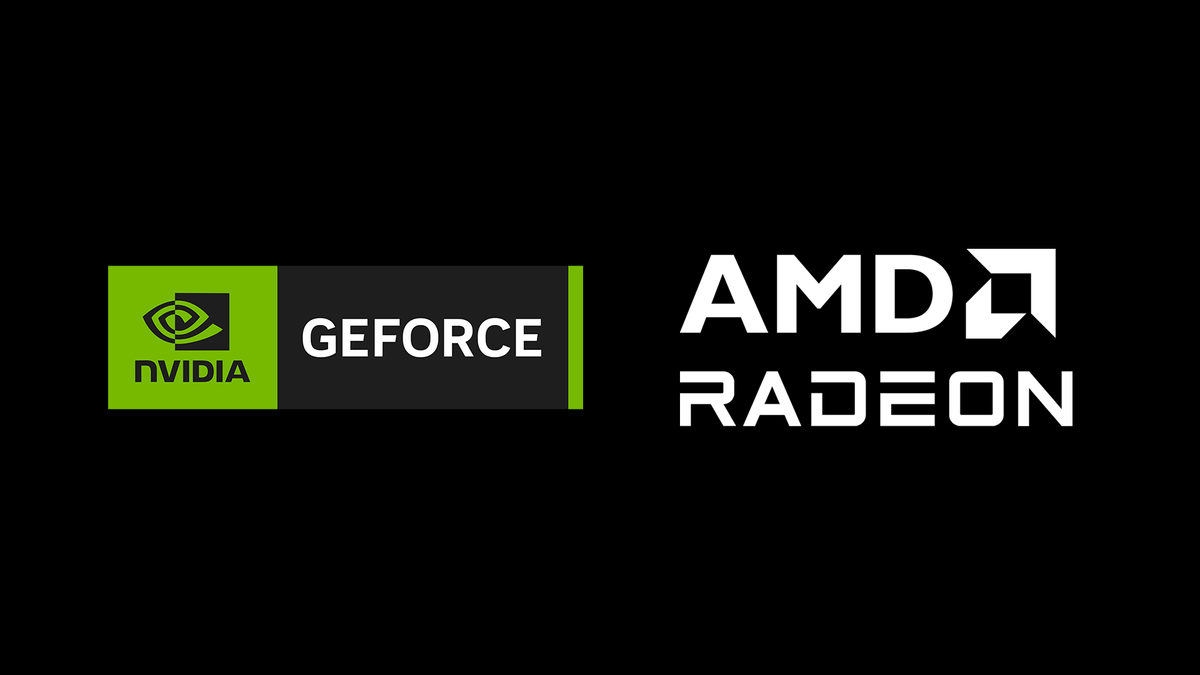Nvidia is launching the RTX 5060 Ti this week, and will launch the RTX 5060 in May.
These budget graphics cards are significantly less powerful than the RTX 5070 that Nvidia launched earlier this year, but are also up to $150 less expensive and use less electricity.
| CUDA Cores |
VRAM | Bus Width | TDP | MSRP | |
| RTX 5060 | 3840 | 8GB GDDR7 |
128-bit | 145W | $300 |
| RTX 5060 Ti | 4608 | 8GB/16GB GDDR7 |
128-bit | 180W | $380/$430 |
| RTX 5070 | 6144 | 12GB GDDR7 |
192-bit | 250W | $550 |
RTX 5060 will be $300, and has 8GB of VRAM. RTX 5060 Ti is offered in two variants, $380 with 8GB of VRAM or $430 with 16GB of VRAM.
Like the rest of the RTX 50-series family, RTX 5060 and RTX 5060 Ti use Nvidia’s new Blackwell architecture and feature GDDR7 VRAM, which offers 33% faster memory bandwidth compared to GDDR6X. They also support DLSS 4 with Multi Frame Generation, but this feature isn’t suitable for VR.
For standalone headsets accessing PC VR via compressed streaming, the RTX 50 series added support for 4:2:2 color encoding. If future headsets support this, it would offer a more vibrant image compared to the 4:2:0 color compression of today’s VR streaming.
Nvidia & AMD’s New GPUs Are Set To Push PC VR Forward
Nvidia and AMD both announced their next generation graphics cards, set to push PC VR forward again.
For $300, the RTX 5060 should offer similar performance to 2018’s RTX 2080, a card that was more than double the price, and which Half-Life: Alyx was designed to run very well on.
If you want to play racing or flight simulators in VR, if you want to push the graphics of cross-platform VR titles, or if you want to drive a very high resolution headset, we strongly recommend picking up one of Nvidia’s higher-end cards, such as the RTX 5080 or RTX 5090.
But if you’re on a very strict budget, and you just want to play titles like Half-Life: Alyx and Skyrim VR on your Quest or PlayStation VR2, the RTX 5060 family might be an affordable option to make the jump into PC VR.
RTX 5060 launches in May, while RTX 5060 Ti launches tomorrow.




































